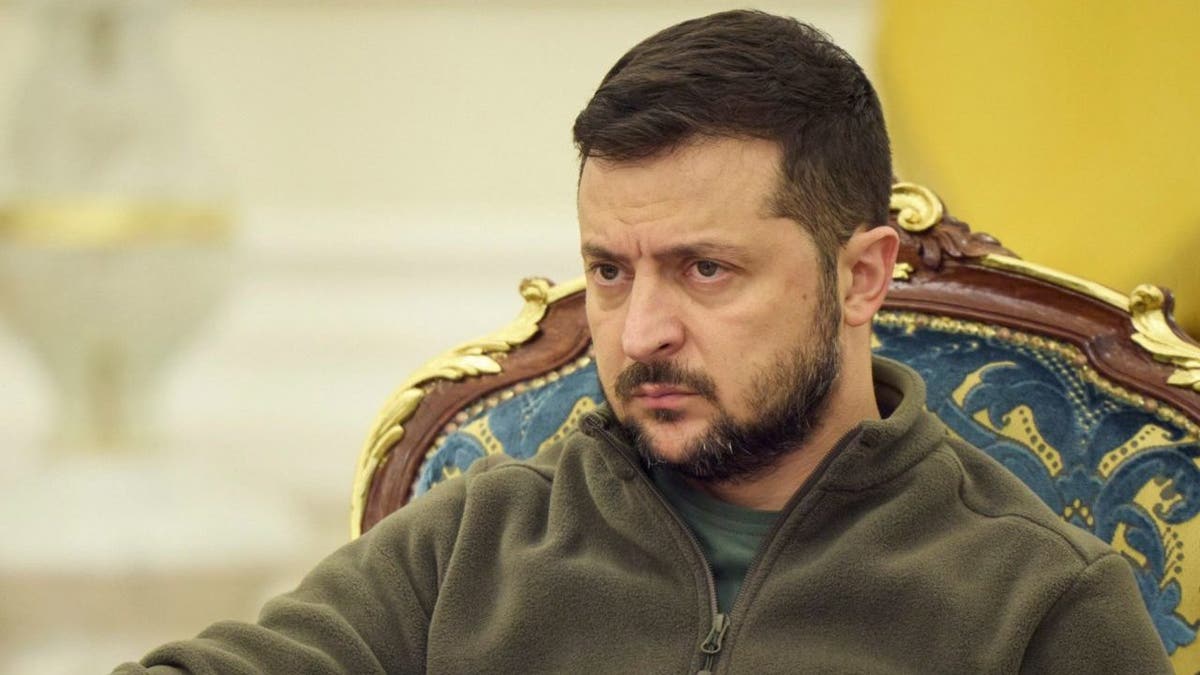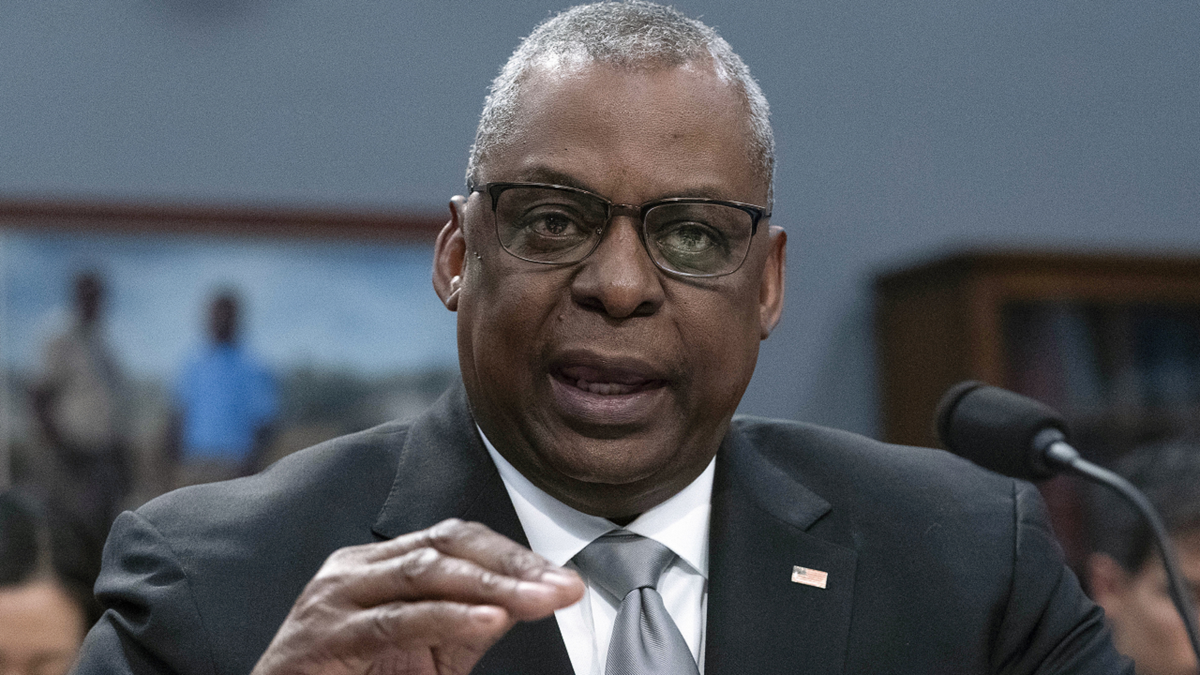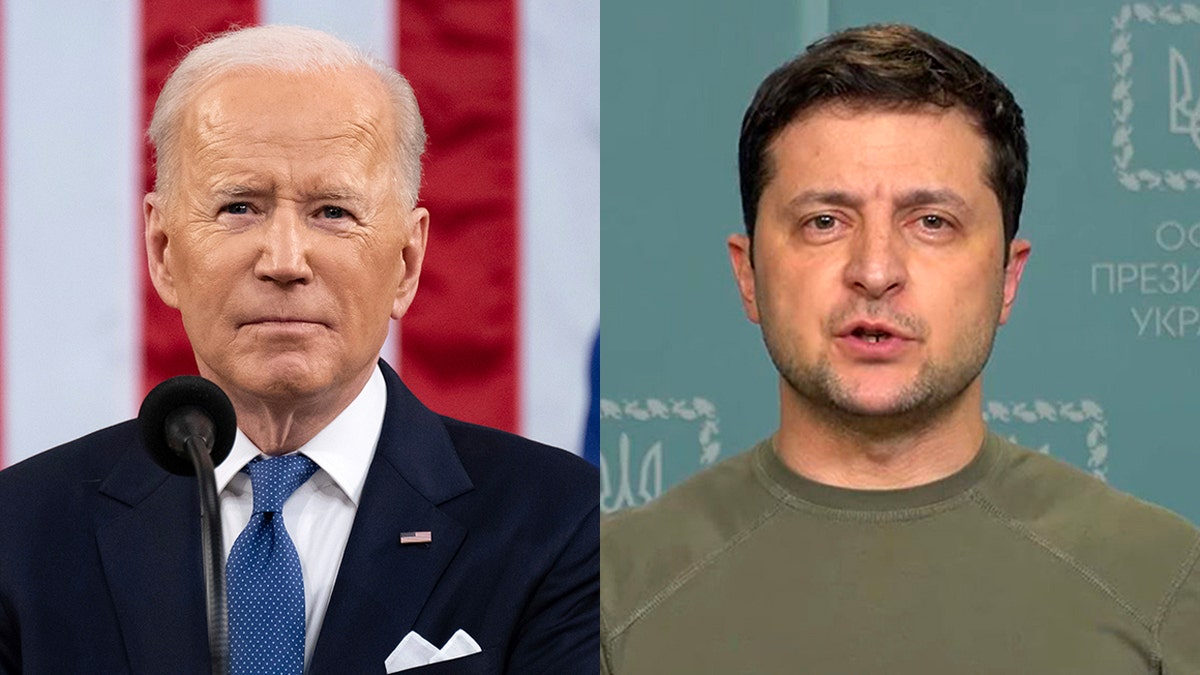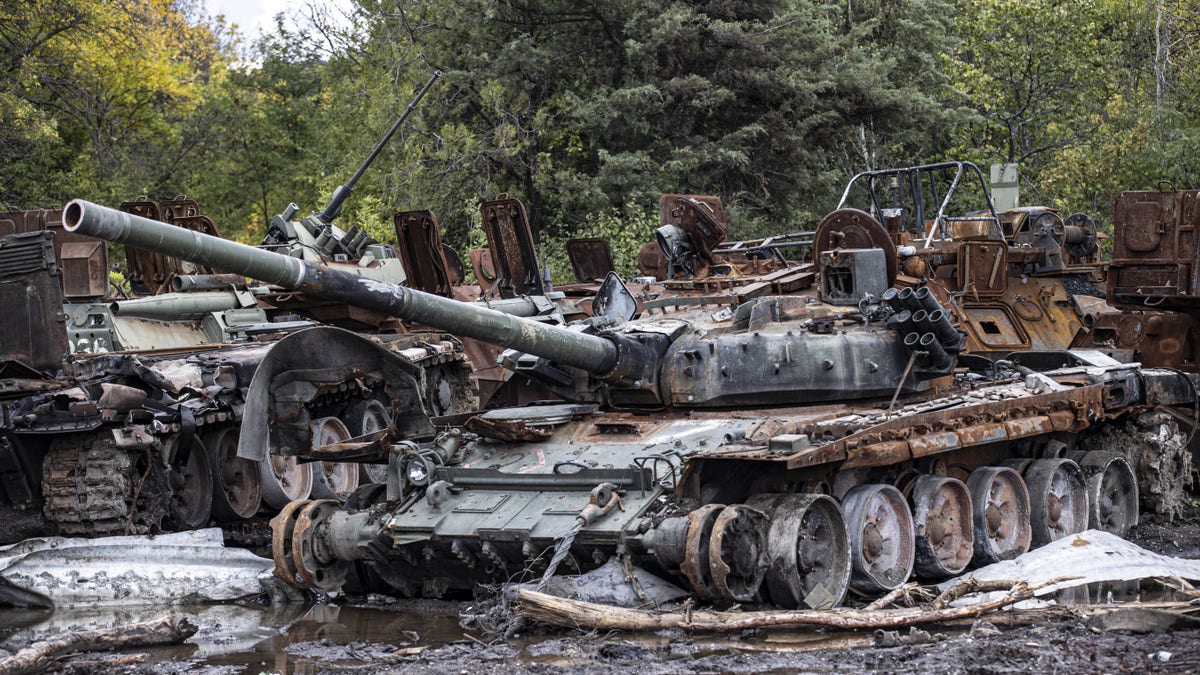Defense Secretary Lloyd Austin pledges indefinite support for Ukraine through 'all seasons'
U.S. Defense Secretary Lloyd Austin pledged to stand by Ukraine in their war against Russia "for as long as it takes," in Wednesday remarks to the Ukraine Defense Contact Group in Belgium.
Defense Secretary Lloyd Austin signaled this week that the U.S. and its Western allies are having trouble keeping pace with Ukraine’s demand for the advanced weaponry it needs to fend off Russia’s invasion. That signal reflects dwindling supplies for Ukraine and fear in the White House of escalation that could lead to war between the U.S. and Russia.
The risk of reduced U.S. stockpiles of high-end munitions has been reported almost since the U.S. began contributing to Ukraine’s defense. Now, nearly eight months since the start of the war, experts interviewed by Fox News Digital say the U.S. is at or very near the end of its capacity to give.
They agreed that Austin’s remarks indicate that the initial rush of high-end munitions like HIMAR rocket launchers, Javelin anti-tank missiles, anti-aircraft Stingers and M-777 Howitzers is over. These sources said there may be two factors at play that are contributing to this reality.
One factor is the issue that Austin addressed directly this week – the U.S. is running low on equipment that it can hand over to Ukraine.
RUSSIA SCRAMBLES TO REPAIR CRIMEA BRIDGE, ZELENSKYY VOWS TO ACCELERATE ‘VICTORY’

In this photo released by Ukrainian Presidential Press Office, Ukrainian President Volodymyr Zelenskyy leads a meeting of the National Security and Defense Council in Kyiv, Ukraine, Friday, Sept. 30, 2022. (Ukrainian Presidential Press Office via AP)
At a press conference Wednesday, Austin was asked whether the U.S. and other nations are worried about running so low on domestic supplies of critical munitions that they can no longer help Ukraine. Austin dodged the question by stressing that the desire is there to get Ukraine what it needs, but he left unsaid whether Ukraine’s allies can actually deliver.
"Well, it certainly is not a question of lack of will," Austin replied.
Austin had just concluded a meeting with officials from dozens of countries about Ukraine’s munitions needs. As he described that meeting, he again talked about willpower but hinted at strained capacity to provide more for Ukraine, which is using up munitions faster than the world can deliver them.
RUSSIA'S WAGNER GROUP MAKES ‘SOME’ ADVANCES IN DONBAS IN FIRST TACTICAL GAINS SINCE JULY: UK INTEL
"We will produce and deliver these highly effective capabilities over the course of the coming months — and in some cases years — even as we continue to meet Ukraine’s most pressing self-defense requirements in real time," Austin said of the most recent commitment to send HIMARS, vehicles, radar systems and other equipment.

Secretary of Defense Lloyd Austin testifies before a House subcommittee in Washington, D.C., on May 11, 2022. (AP/Jose Luis Magana)
Mark Cancian is a senior adviser at the Center for Strategic & International Studies who spent seven years working on DOD procurement issues for the Office of Management and Budget. His assessment based on inventory levels, industrial capacity, and information from the Biden administration is that the U.S. has "limited" supplies of HIMARs, Javelins, Stingers and M-777 Howitzers.
"There are some areas where we’re basically at the bottom of the barrel," he told Fox News Digital.
In some cases, this means the U.S. will likely start meeting Ukraine’s request for weaponry by sending over lower-end substitutions, such as lighter Howitzers that are serviceable but not what Ukraine is after. In other cases, the U.S. may not have much to give – Cancian said that while there is talk of the U.S. providing more air defense equipment, there is not much the U.S. can give in that area.
Cancian said he reads Austin comments as a sign that the days of the U.S. giving Ukraine its best stuff are gone.
NATO HEAD WARNS RUSSIA TO AVOID ‘VERY IMPORTANT LINE’ AHEAD OF NUCLEAR TESTS
"It confirmed what I believe, that we will continue support Ukraine, but we’re going to have to do it in different ways, like providing substitutes, or we might have to buy stuff from other people, or it will take longer," he said. "That it won’t be quite the same."
He said this runs the risk of creating what he called a "petting zoo of NATO equipment" in Ukraine – relatively small numbers of many types of equipment that could create compatibility issues.
Some on Capitol Hill are reading Austin’s remark differently that leads to largely the same result – that the Biden administration is purposefully slowing down the transfer of critical munitions to Ukraine, because it is increasingly worried about stumbling into a direct conflict with Russia.

Photo of Ukraine President Volodymyr Zelenskyy and President Biden (AP/Office of the President of Ukraine)
A congressional aide with working knowledge of these issues told Fox News Digital that while officials are hinting at limited supplies, there is still room to give more, and that the slowdown is because of a different calculation the Biden administration is making.
"They are afraid of escalation," this aide said.
Just last week, President Biden openly talked about the "Armageddon" scenario that could unfold if Russia tried to win the war with a tactical nuclear strike. The congressional aide interpreted Austin’s remarks as a sign the administration is more and more worried about crossing a line that might force that outcome.
Another sign of U.S. caution, the aide said, is that the administration allowed nearly $2.8 billion in authority to supply Ukraine with weapons to expire a few weeks ago, at the end of fiscal year 2022. Some on Capitol Hill are reading that as an indication that the administration is finding its own comfort level when it comes to arming Ukraine, and that level stops short of what Congress authorized.
"Congress gave the administration more than it wanted," the aide said. The Defense Department declined to respond to questions from Fox News Digital about the expiration of this authority.
RUSSIA USING IRANIAN-MADE ‘KAMIKAZE DRONES’ TO STRIKE AROUND KYIV

Destroyed Russian armored vehicles left behind by the Russian forces in Izium, Kharkiv, Ukraine on Oct. 2, 2022. (Photo by Metin Aktas/Anadolu Agency via Getty Images)
There is a related view within Congress that while U.S. stocks of certain munitions have clearly been reduced as the U.S. sends items to Ukraine, that reduction is not a security threat to the United States itself. The aide explained that many of these items were stockpiled largely for use in a possible conflict with Russia, and that conflict is already playing out with Ukraine in the lead.
That conflict is reducing Russia’s military capacity, which means a corresponding drop in U.S. inventories is not putting the U.S. anywhere near a stockpile crisis.
To put it another way: the Biden administration has more flexibility to give Ukraine more but is choosing not to.
CLICK HERE TO GET THE FOX NEWS APP
The evolving U.S. posture comes just as Ukrainian President Volodymyr Zelenskyy is intensifying pressure on Western nations to provide more weapons. Just this week, Zelenskyy asked for air defense systems that can blunt Russia’s recent missile attacks on Ukraine’s capital.
"The 229th day of full-scale war," he said. "On the 229th day, they are trying to destroy us and wipe us off the face of the earth."






